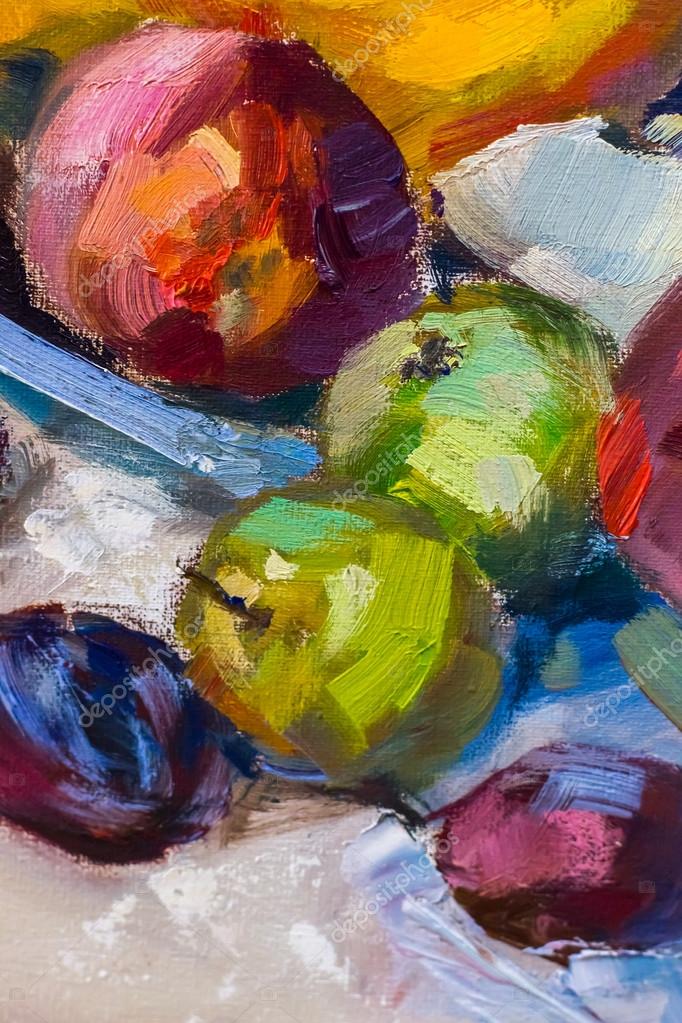


Somewhat predictably for a college dining hall, it didn't take long for the paintings to fall into disrepair: The curtains in the sunny hall were rarely closed, so the paintings’ colors faded rapidly. New lighting was installed, the oak-paneled walls were covered in green material, and, in a retrospectively regrettable move, Rothko insisted that the public be allowed as much access to the art as possible. (Rothko refused to accept any payment, saying, “This is the first time I have been able to deliver commissioned work that I am satisfied with.”) The murals were to be hung in a dining hall, which underwent extensive preparation in order to fit Rothko’s specifications. In 1962, five murals by American master Mark Rothko were given to Harvard University as a gift from the artist himself. With climate change making intense storms more common on the East Coast, these precautions make sure the Whitney’s masterpieces-which include more than 18,000 works in their permanent collection alone-stay high and dry against the forces of Mother Nature. Now, the museum boasts a fortification comprised of a 500-foot-long mobile wall and a 14-foot-tall by 27-foot-long flood door meant to withstand up to nearly 7000 pounds of impact, keeping the museum water-tight up to 16.5 feet (seven feet higher than before Sandy). When the construction site was flooded with more than 5 million gallons of water, the building plans changed, adding a state-of-the-art flood wall to fend off future disasters and protect its works from potential water damage from flooding of the nearby Hudson River.

But then Superstorm Sandy hit in 2012, and while in the midst of construction, Piano was compelled to innovate even further. When plans were announced for the multimillion dollar relocation and construction of New York City's Whitney Museum of American Art, courtesy of renowned architect Renzo Piano, mastery in design was to be expected. (They're kept dry most of the time, to guard against leaks.) 3. The building is also equipped with sprinklers, which are used only if there's no other option. Inside, the Getty Center is equipped with an air system that keeps smoke from entering the building, and well as folding walls that can close off areas of the museum if they happen to catch on fire.
#ILLUMINATE PAINTING PLUS#
Weerapatkiatdumrong/iStock via Getty Images Plus Air Systems, Sprinklers, and Foldable Walls Paul Getty Trust, told the Times in 2017. “The safest place for the artwork to be is right here in the Getty Center,” Ron Hartwig, then-vice president of communications for the J. An irrigation and sprinkler system, which draw from a million-gallon tank under the center, can also be turned on to soak the grounds if fire is anywhere close.

The plants closest to the buildings are both fire resistant and hold water trees on the property are regularly pruned. That's because the museum was built with fire prevention in mind: According to The New York Times, the buildings' reinforced-concrete walls are covered in fire-resistant travertine stone crushed stone, which is also fire resistant, is on each roof. You won't see curators of Los Angeles's Getty Center moving artworks when fire gets close, as the Skirball Fire did in 2017 (and as the Getty fire is now). Here is just a taste of the many ways art museums around the globe protect their priceless treasures. Whether intentional or not, caused by humans, forces of nature, or simply the passage of time, there’s always the chance that history's greatest masterpieces can be lost or damaged when put on view for all the world to see. Each year, in America alone, millions of people visit art museums-bringing with them millions of opportunities to damage the masterpieces they’re there to see.


 0 kommentar(er)
0 kommentar(er)
